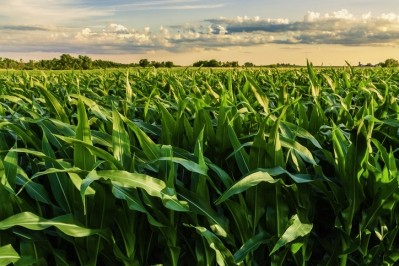Mycotoxins: EFSA shares new insights into toxicity of deoxynivalenol for poultry and horses

Deoxynivalenol (DON) is a mycotoxin belonging to the group of trichothecenes, which are produced by Fusarium species.
In 2021, the EU Commission (EC) asked the European Food Safety Authority (EFSA) to review new studies on the toxicity of DON for horses and poultry and to revise, if necessary, the established reference points (RPs).
In terms of context for the revision, the EC informed the Parma-based food and feed risk assessor that it had received feedback outlining that the existing RPs for adverse animal health effects for DON in horses and poultry, established by the Authority in a 2017 opinion, should be lower, based on updated scientific data.
In 2017, the EFSA Panel on Contaminants in the Food Chain (CONTAM) adopted a scientific opinion on the risks for animal health related to the presence of DON and its acetylated and modified forms in food and feed.
No observed adverse effect levels (NOAELs) and lowest observed adverse effect levels (LOAELs) were derived for different animal species. For horses, a NOAEL of 36mg DON/kg feed was established, the highest concentration tested and not showing adverse effects. For poultry, a NOAEL of 5 mg DON/kg feed for broiler chickens and laying hens, and a NOAEL of 7mg DON/kg feed for ducks and turkeys was derived.
Intestinal damage
In its reassessment of its 2017 findings, the EFSA CONTAM Panel identified new studies in relation to broiler chicken exposure to DON from feed via a literature search; the papers revealed effects at feed levels lower than the previously derived NOAEL.
The research indicated DON causes effects on the intestine, in particular the jejunum, with a decreased villus height but also histological damage. Such effects are seen at feed concentrations as low as 1.9 mg/kg feed but are not accompanied by reduced body weight gain, said the EFSA experts. Similar intestinal effects were observed for young turkeys at a concentration of 1.7 mg/kg feed.
The Panel thus set new adverse effect levels of 1.9 and 1.7 mg DON/kg feed respectively for broilers and turkeys, and it established an RP for adverse animal health effects of 0.6 mg/kg feed for those birds.
For horses, the Panel established an adverse effect level of 5.6 mg DON/kg feed based on studies showing reduced feed intake, with an RP for adverse animal health effects of 3.5 mg/kg feed. For ducks and laying hens, they said there was no need to revise the existing RPs.
The EFSA team concluded that, for broilers and turkeys, there is potential risk in relation to adverse health effects from feed containing DON. For horses, the risk is low.








